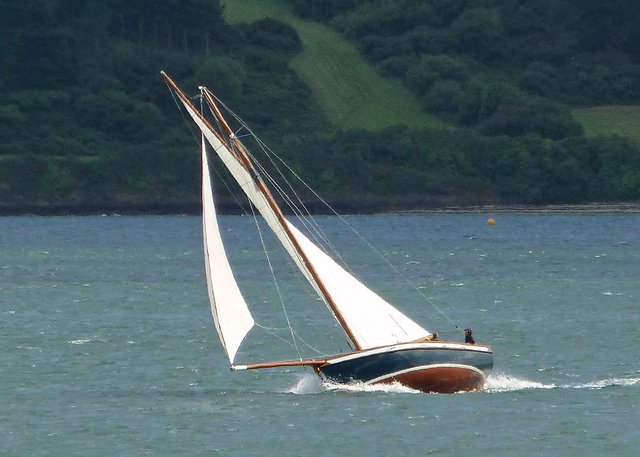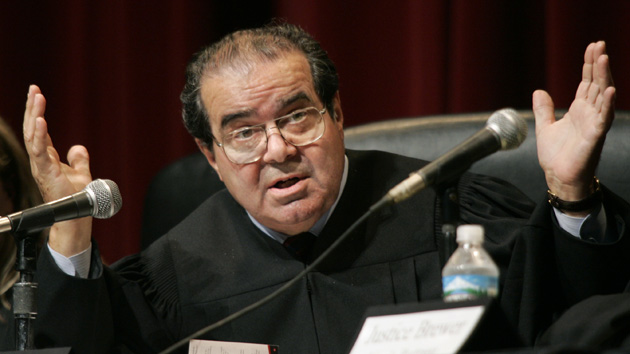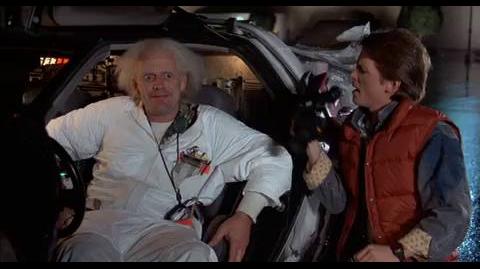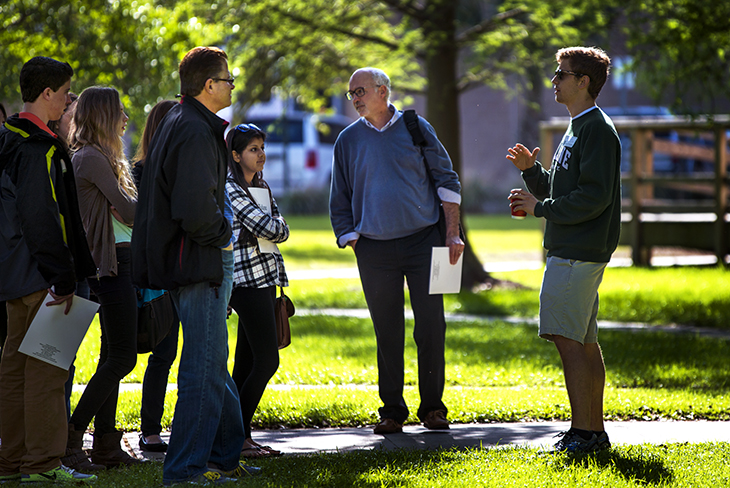David Riesman’s (1956) seminal work on academic drift describes the concept as a pattern of imitation where less prestigious and less resourced colleges follow the lead of more successful and high-status ones. His use of the snake metaphor describes the tendency of universities at the “tail” attempting to model themselves after those at the “head.” Academic drift occurs as less prestigious “tail” institutions follow the strategic direction laid down by institutions with the reputational and political capital to engage in innovative activity. As institutions seek to follow the lead of “head” universities, institutional diversity declines as the “snakelike procession causes a convergence upon a single organizational model” (Morphew, 2000, p. 57).

The research literature points to a number of causes for academic drift. is lack of consensus likely occurs as a result of the identified causes operating together and holding different levels of influence at various points in time (Morphew & Huisman, 2002).
The lack of clear and consistent conceptualizations of the primary aspects of academic drift as well as measurement issues proves problematic as well (Huisman, 1998). A continued effort on the part of scholars to clarify the concepts involved in the study of academic drift and institutional diversity more generally would aid our understanding of the dynamics involved.
Research on academic drift has occurred for more than 50 years, with the studies frequently focusing on systems of higher education and changes within these systems (Aldersley, 1995; Birnbaum, 1983; Morphew, 2000, 2002; Neave, 1979; Riesman, 1956). Despite evidence of the ongoing preva- lence of academic drift, limited research since the 1960s, other than that by Morphew (2000, 2002, 2009), addresses the causes and implications in American higher education. In contrast, international researchers developed a significant body of empirical work (Huisman, 1995, 1998; Meek, 1991; Neave, 1979; van Vught, 2009). The research literature would benefit from a consideration of the current dynamics in U.S. higher education and understanding the lessons from postsecondary systems across the globe to preserve and protect institutional diversity.
While institutions seek to expand to reach new student markets during economic downturns (Holley & Harris, 2010), a tenuous link exists between student demand and academic drift with researchers arguing that programs created as a result of mission creep often serve few students (Birnbaum, 1983; Morphew, 2000). In fact, research suggests that student demand for programs does not impact academic drift and an inverse relationship may even exist between the two (Schultz & Stickler, 1965). Changes within higher education that expand particular institutional types and increase homogenization occur even during periods when financial resources and student enrollments increase (Birnbaum, 1983; Huisman & Morphew, 1998). As the knowledge economy grows and student needs for education change, institutional diver- sity provides a variety of higher education opportunities to meet new necessi- ties and offers a comprehensive approach to postsecondary education. Academic drift often occurs through the growth of graduate programs, particularly doctoral programs located at universities where the doctorate was not traditionally considered part of the institution’s role or mission. As an example, in 2005, the California State University system received permission to begin offering doctorates in education (Hebel, 2005). Historically, the University of California system held the sole authority to o er doctorates with Cal State focused baccalaureate production. is change expanded the academic focus of Cal State allowing the system to move toward the research university model increasing doctoral production and an emphasis on research. Undergraduate education may su er from neglect as resources and attention focus elsewhere (Lachs, 1965; McConnell, 1962). Higher education institu- tions have yet to demonstrate a substantial commitment to undergraduate education in light of the pursuit of graduate studies and other activities believed to grow institutional prestige (Harris, 2006; Shils, 1962). The needs of students and the economy, however, suggest that higher education can no longer afford such distractions to develop the workforce needed for the 21st century (Lumina, 2012).
Studies of academic drift frequently focus on organizational variables describing the responses of institutions to expand beyond their missions (Huisman, 1995). The emphasis on the institution, however, masks the influence of the role that faculty play in guiding university behavior (Clark, 1983; Rhoades, 1990). The question remains as to what extent academic drift follows as a result of administrative and institutional decisions “or, are faculty members asserting their own values within their institutions?” (Morphew, 2000, p. 56). While the research literature fails to identify a single cause of mission drift, faculty behavior, training, and rewards often receive blame.
The training of faculty members at research universities contributes to academic drift as faculty seek to recreate their prior experiences and doctoral institution at their current university. By developing organizational structures and degree programs that mirror their own doctoral experience, faculty members transform their institution along research university norms regardless of the institutional mission and values of their current department or university. The increased specialization of faculty and disciplines is the heart of the blame of the faculty role in fostering academic drift. The creation of “cosmopolitan faculty” (Birnbaum, 1983; Riesman, 1956) divides faculty as they align more closely to their academic discipline and field of study than their department or institution.





